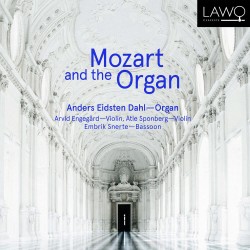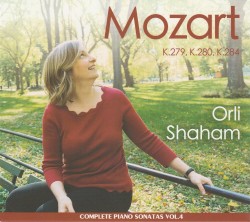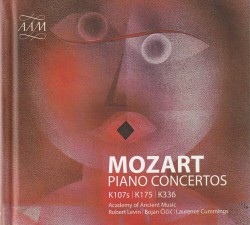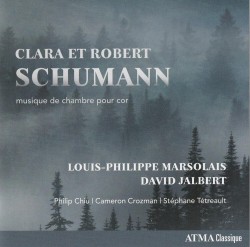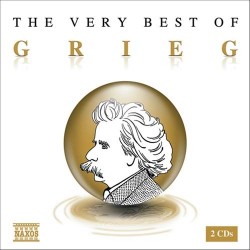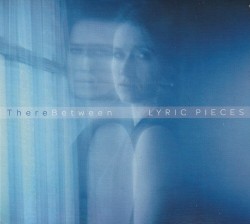Sonata Tramontana - Carrie Krause; John Lenti
 Sonata Tramontana
Sonata Tramontana
Carrie Krause; John Lenti
Black Bear Records BMM01 (baroquemusicmontana.bandcamp.com)
Sonata Tramontana, full of life and nuance, is such a refreshing take on the centuries-old repertoire it comprises. Conceived by Montana violinist Carrie Krause, it centres around intimate gestures, deep connection with nature and appreciation of life in all forms. It is the kind of music that is meant to be played in small spaces, flowery meadows or on riverbanks. Everything on this album works in synergy – from cover art and beautifully written liner notes, to the heartfelt performances.
The album features 17th-century music for violin and theorbo by Italian, Austrian and German composers Mealli, Schmelzer, Caccini, Biber, Böddecker and Castaldi, an elusive repertoire that remains relatively unknown to the wider audiences and brings vigour and bloom to what might be considered somewhat predictable in the realm of historical performances. Krause and her partner in crime, theorbo virtuoso John Lenti, are just fabulous, their performance is nothing short of beautiful. Krause has a way of bringing the most interesting, almost visceral textures out of her Baroque violin. Her ornamentations are lovely and complemented well by Lenti’s strong presence.
Although passionate and meaningful, this music is unpretentious. Krause and Lenti tell stories, visit mountain peaks and valleys, drink from the lakes and creeks, dance in town squares, all the while balancing virtuosity and tranquility. The music glows and grows throughout the album, reaching for hidden nooks and corners, filling our ears with delight.


